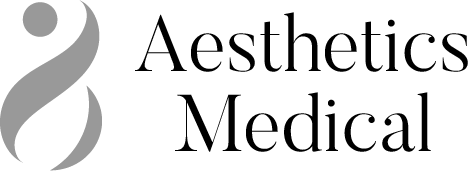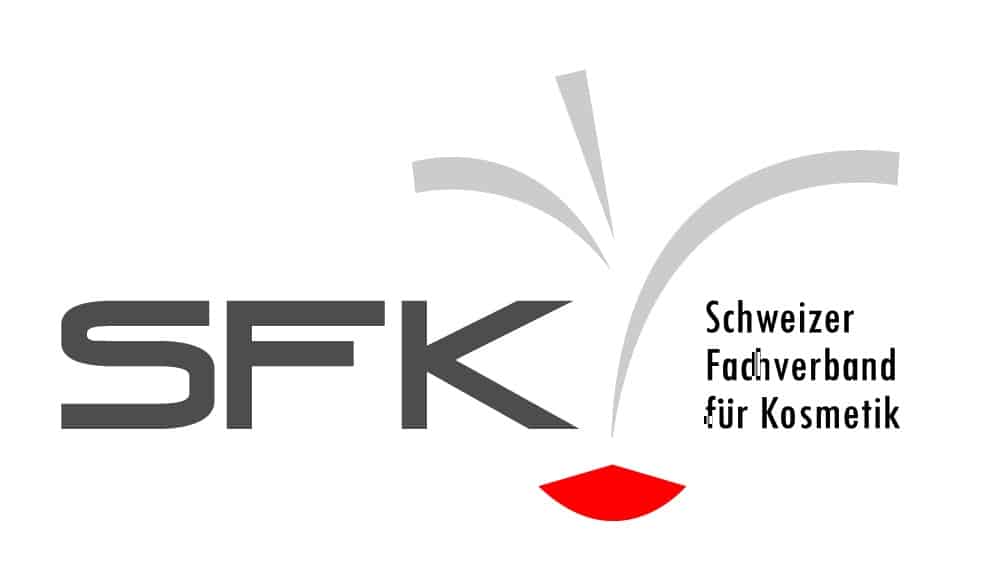Hyperhidrosis (excessive sweating)
Many people suffer from unusually heavy sweating, also called hyperhidrosis. Annoying sweat spots under the arms, which become clearly visible on certain clothing, can be very disturbing, and this condition can make wearing tight clothing practically impossible. Excessive sweating on the hands can also be a source of embarrassment in everyday life when shaking hands is required, and this condition can even exist on the feet. Persons affected by hyperhidrosis can feel embarrassed and stressed as a result of the condition. Fortunately, with the active substance is an efficient treatment method for sweat reduction.

Hyperhidrosis at a glance
| Duration | approx. 1 hour |
| Painless | Yes |
| Follow-up treatment | No |
Hyperhidrosis Prices
| Per treatment | CHF 600 |
Hyperhidrosis Information
Questions?
If you have any questions, would like a consultation or a treatment appointment, we look forward to hearing from you.










